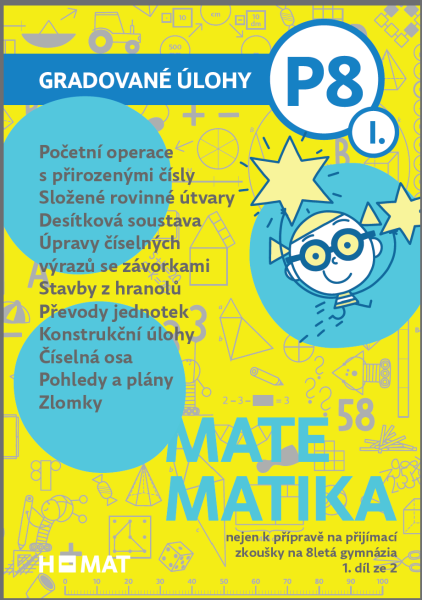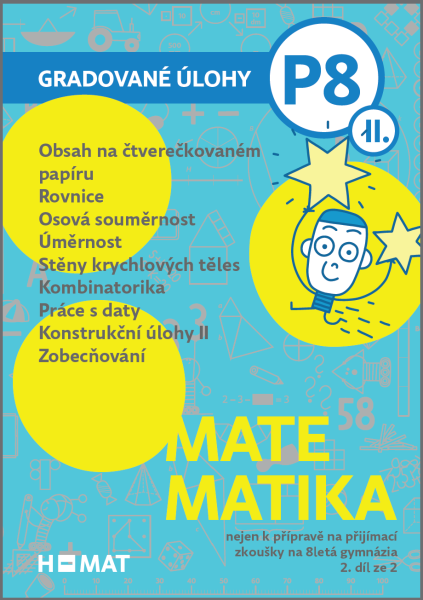Anne Watson has two maths degrees and a DPhil in Mathematics Education, and is a Fellow of the Institute for Mathematics and its Applications. Before this, she taught maths in challenging schools for thirteen years. She has published numerous books and articles for teachers, and has led seminars and run workshops on every continent.
When I visited Prague I had the privilege of spending time with Milan Hejny, who is one of those mathematics educators who spend a lot of time in schools working with learners, but also manages to be internationally known. He has spent about 40 years writing a textbook series that still isn’t finished, and every time he uses one of the tasks in classrooms he listens to learners and often rewrites elements to take account of something new he has learnt. The series is used in about 25% of Czech schools. At this point you might want to be looking up the relevant PISA results to see where the Czech Republic sits, and you may not want to read on, but I encourage you to think differently because of the 40 year development, the close attention to what learners actually do and say in classrooms, and that – as Milan says himself – many teachers do not use the teachers’ guides so do not fully use the potential of the series. That is true for all textbooks, and that is why teacher training in authoritarian countries often hinges on learning how to use the authorised scheme well, and the PD provided in relation to schemes in this country also focuses on use.
In Milan Hejny’s textbooks there are several consistent images that crop up year after year in increasingly complex ways. I was taken with the idea of his use of bus problems, which through imagination, role play, modelling, and arithmetical problem solving during the primary years introduce the additive relation, linear structures, and simultaneous linear equations in ways that enable learners to construct mathematical meaning and devise, adapt and extend robust methods of solving additive problems. Eventually learners need algebra to express what they can already do through reasoning. I know these appear elsewhere and are not exclusive to his books, but seeing them prompted me to think about the ways in which images can extend and even accelerate learning of early algebra. Algebraic representation of the unknowns and variables follows from wanting to describe the situations.
Playing with the givens creates interesting extensions. For example, supposed we do not know any of values for totals on the bus except for the starting value, or the finishing value: how could these be reconstructed?
There is also a related programming problem: what is the minimum amount of information needed to model the usage of one bus route?
Suppose two of the passengers are mathematicians (as often happens on my regular bus route in Oxford). One says to the other: ‘there are three times as many people after stop D as there were before stop B’. The other replies: ‘there were four times as many before stop D and there were after stop B’. What possible numbers could there be?
What problems could be posed if we change the bus stop labels to numbers?
As with any context, there are natural restrictions on the domain. We cannot use negative numbers for people, and bus capacity also sets constraints, but fortunately the whole problem type can also work for trains whose capacity is much greater.
It is not too fanciful to imagine that learners who have developed strong familiarity with the situation might find related problems more accessible. I have also posed problems for myself using the bus model where I found that using subscripts made the situation clearer for me; for example, suppose that during the rush hour the average number boarding increases by 10% at each stop and the average number leaving decreases by 20%.
You might have started thinking about similarities with bag arithmetic, in which teachers use bags containing unknown numbers of counters and do various things like adding more counters or taking counters out to nudge students into expressing algebraic relationships.
https://educationblog.oup.com/secondary/maths/tanks-goats-and-buses-anne-watson

 Doporučujeme: Dvoudílná série "Gradované úlohy nejen k přípravě na přijímací zkoušky na 8letá gymnázia." Publikace jsou vhodné i jako doplněk běžné výuky, když dítě není učené Hejného metodou. Tištěné verze koupíte na www.h-ucebnice.cz. Elektronickou verzi přes www.h-edu.cz.
Doporučujeme: Dvoudílná série "Gradované úlohy nejen k přípravě na přijímací zkoušky na 8letá gymnázia." Publikace jsou vhodné i jako doplněk běžné výuky, když dítě není učené Hejného metodou. Tištěné verze koupíte na www.h-ucebnice.cz. Elektronickou verzi přes www.h-edu.cz.